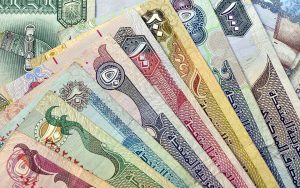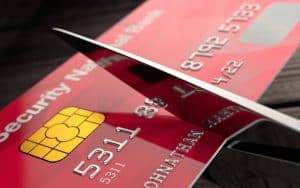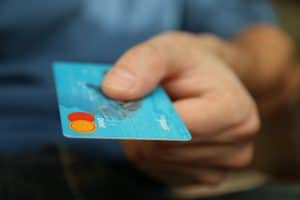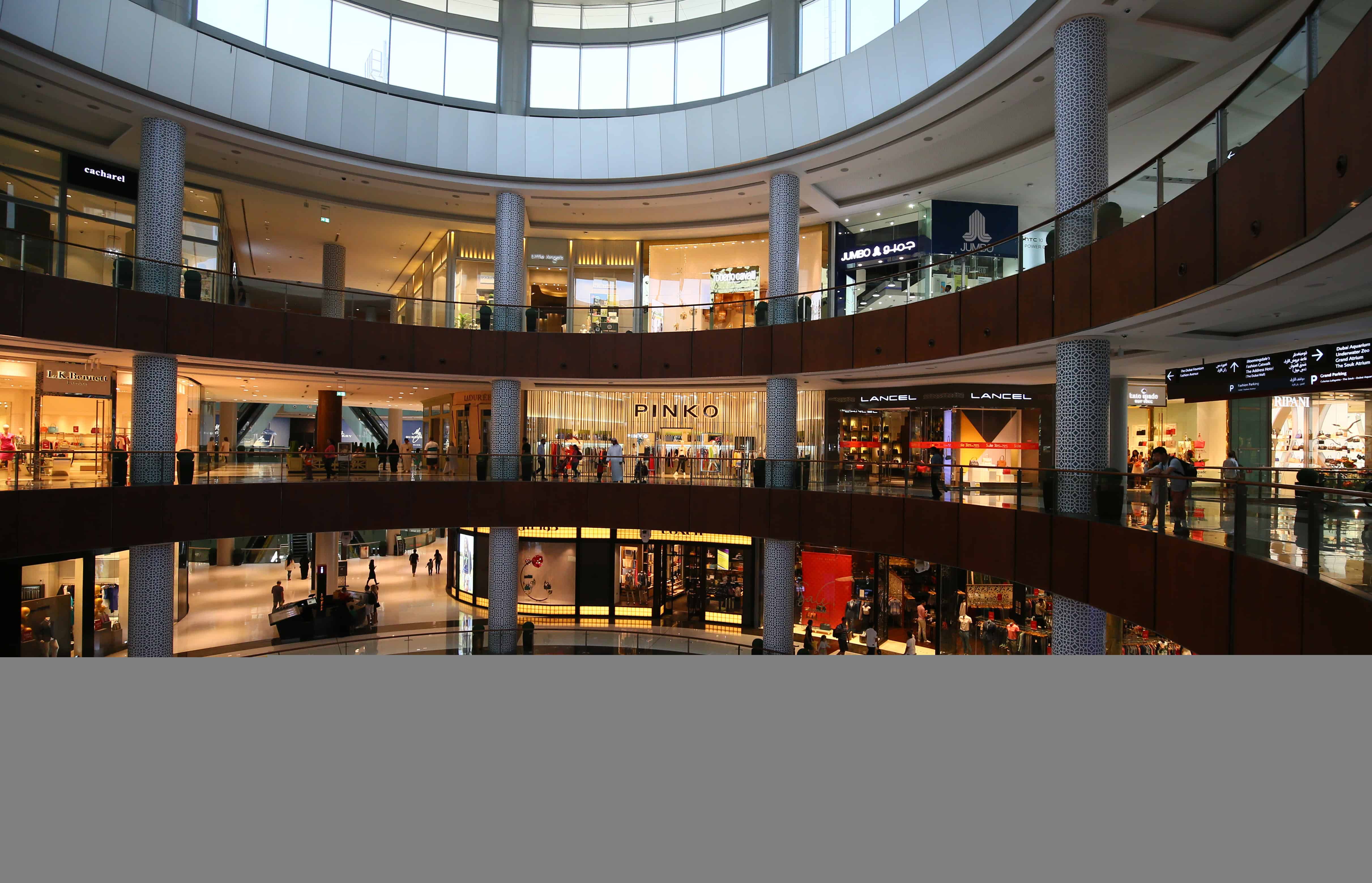The option of buy now, pay later, or BNPL for short, is gaining traction not just among UAE merchants and retailers but across the wider GCC region.
The global pandemic has caused a shift in consumer buying habits in the UAE, and accelerated adoption of online shopping platforms.
BNPL is one such habit, and also one of the fastest-growing payment methods in the country, thanks to a shift in overall consumer behavior and the advent of digital payment options.
BNPL transactions in the UAE are expected to grow by 89.4 percent on an annual basis to reach $1.82 billion in 2022.
What is BNPL?
A BNPL is a form of interest-free short-term loan that lets consumers make purchases upfront, receive products or services immediately, and pay for them later in monthly installments.

According to Arjun Vir Singh, head of financial services at the MENA offices of strategy management consulting firm Arthur D Little, “There are sort of two primary forms. One is where the consumer doesn’t incur any interest charge, which is the dominant one, at least in the UAE. The other is where a consumer does incur an interest charge.”
For example, he explained, if one buys something in a store or online, they may be given the option to buy now and pay later at the checkout.
If the customer is approved for such a transaction, they will be required to make a small down payment at the time of purchase.
The remaining amount will then be expected to be paid off in a series of interest-free installments, and that period could be a week, a fortnight, or a month.
The second option is something which is called Pay Later. Here’ the buyer pays for the product after 15 or 30 days, so they get some extended credit for that period.

Singh also noted that there is a third payment option, in which a consumer pays interest over a set length of time.
However, players in the BNPL are branding it differently.
It is Pay Later, but it is accumulated and paid on a predetermined date to allow the buyer to manage their cash flow against their pay cycle.
Why is it gaining popularity?
BNPL eligibility might vary, especially in terms of age, whether or not one has a valid credit or debit card, whether customers have an available credit score, time in country for residents, and a verifiable email address and/or a phone number.

“There are many consumers, particularly among the younger generation, who do not qualify for credit cards but do qualify for a BNPL. It’s also an excellent option for people who don’t want to carry credit cards,” said Singh.
Who is adopting?
The fashion and closing industries were the first to apply the BNPL method.
“We are now recognizing that even furniture and home appliance retailers, such as IKEA, are strong supporters of BNPL,” besides groceries and FNB, said Singh.
He noted that American Express and one of the airlines in the United States had launched a “fly now, pay later” service.
“Even schools in the UAE are beginning to offer BNPL, which may surprise you,” he added.
“So, I believe what is happening with BNPL is that multi-category adoption is occurring as legislation takes effect.”
BNPL vs credit cards
According to Singh, there are various aspects to consider when comparing credit cards and BNPL.

In the first place, one must consider who provides a credit card versus who provides BNPL. For example, banks usually offer credit cards, but fintechs typically offer BNPL.
There is also the case of how someone applies for a credit card. It’s a time-consuming and difficult process, but BNPL is just a click and a few buttons away from approval, said Singh.
Credit cards and repayment history impact credit approval, but not on the BNPL.
On credit cards, people normally want to repay everything by the end of the month or face a 40 percent interest charge. BNPL schemes usually have fixed payback durations, determined at the beginning.
People benefit from credit cards in the form of rewards such as air miles or cashback. Not all BNPL players have not yet begun to play that game.
Credit cards have interest percentage rates, whereas BNPL players now have 0 percent interest charges.
Credit cards may be used almost anywhere. However, BNPL is strictly limited to the merchants who provide them.
Risks and challenges
Although the BNPL payment method is a quick and convenient option for both consumers and merchants, risks and challenges lie in the shadows.

The first and most dangerous risk for customers is that they may overextend themselves.
“Because BNPL is still unregulated, at least in the UAE, you may be borrowing or taking BNPL products from various BNPL players and accumulating a balance or an outstanding balance that you are unable to pay over a period of time, which will result in late fees,” explained Singh.
Another common concern among younger consumers is the risk of indebtedness, he said.
They may be purchasing items they do not require at the time, resulting in overextending themselves in terms of credit.
BNPL providers have several challenges as well, according to Singh.
The first issues revolve around collection. Typically, the repayment amount is very low, and the collection fees may exceed the repayment amount. As a result, they may write off the amount as uncollected debt.
If this accumulates over time, their negative debt as a percentage of their net sales will increase, making it more difficult for them to lend or borrow from the market at an attractive rate.
“They can’t keep using their equity,” said Singh. “Therefore, they’re either going to raise venture loan or turning to a third-party financial services provider with tight margins”.
Predictions
Singh highlighted six elements that he believes would help this industry grow healthily across the region and in the UAE. The most notable is that a broader client segment will utilize BNPL.
“It’s not a method for Gen Y, millennials, and the younger generation. I believe that elderly individuals will use it as well,” said Singh.
Secondly, BNPL is expected to be more widely applicable to a broader range of merchant categories and operations.
Third, BNPL players will develop their methods, including issuing prepaid cards with credit restrictions. These prepaid cards will be either a Visa or MasterCard, making them globally acceptable.
Banks are also expected to play a more significant role in BNPL.
“For example, they can either supply debt to BNPL players or invest in them as part of their overall package,” explained Singh.
Others may use BNPL as an offer on their credit cards, as is done in India.
“The last two, which I believe will truly help BNPL, are platform-based firms and marketplaces like Noon and Amazon, as they begin to integrate BNPL,” said Singh.
“I’m also aware that delivery companies are working on something with one of the providers that will give a boost.”







